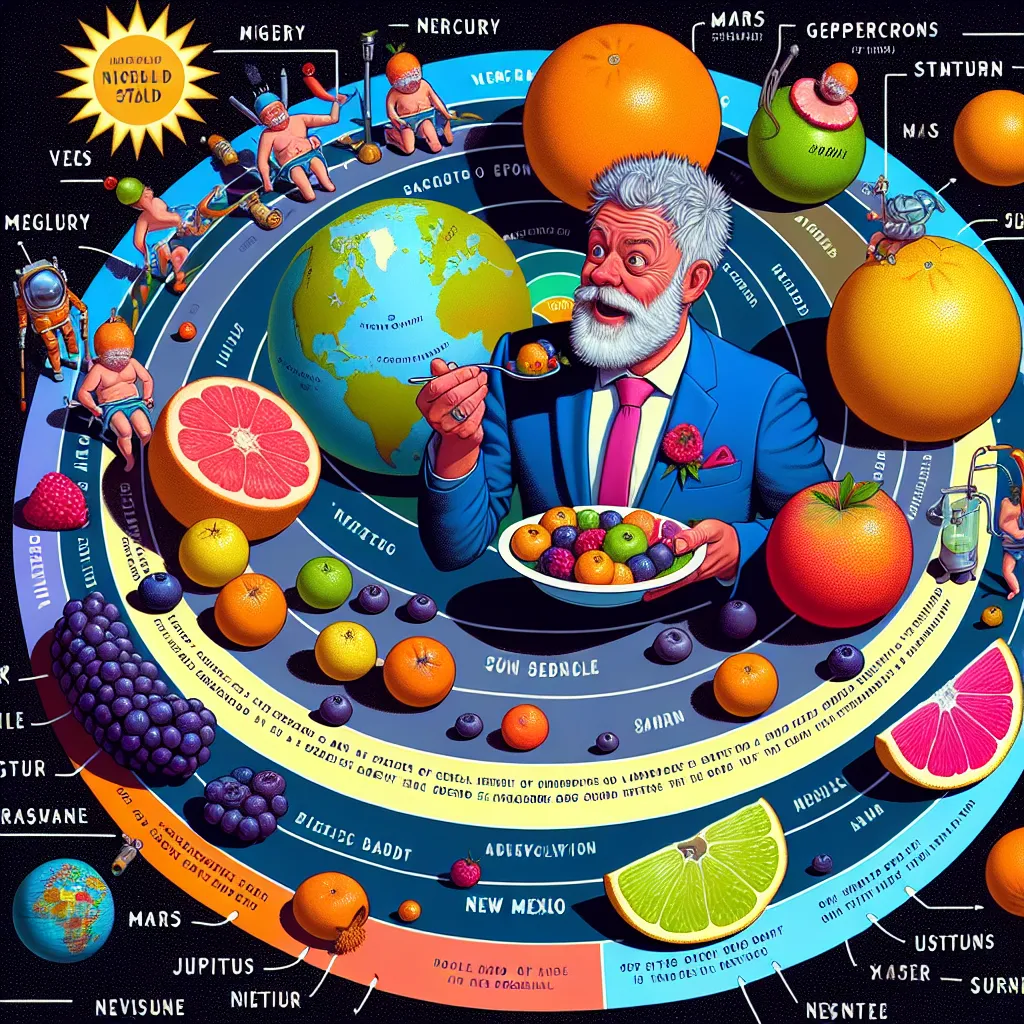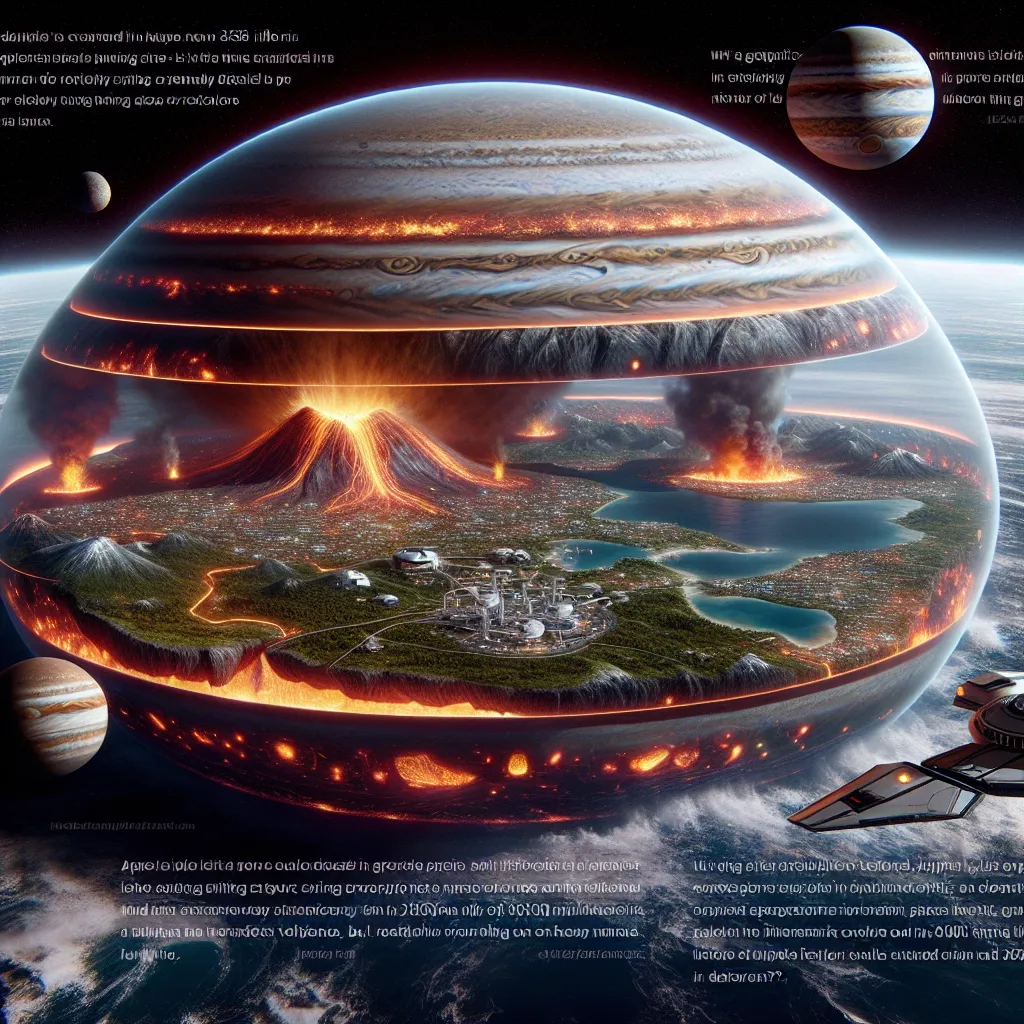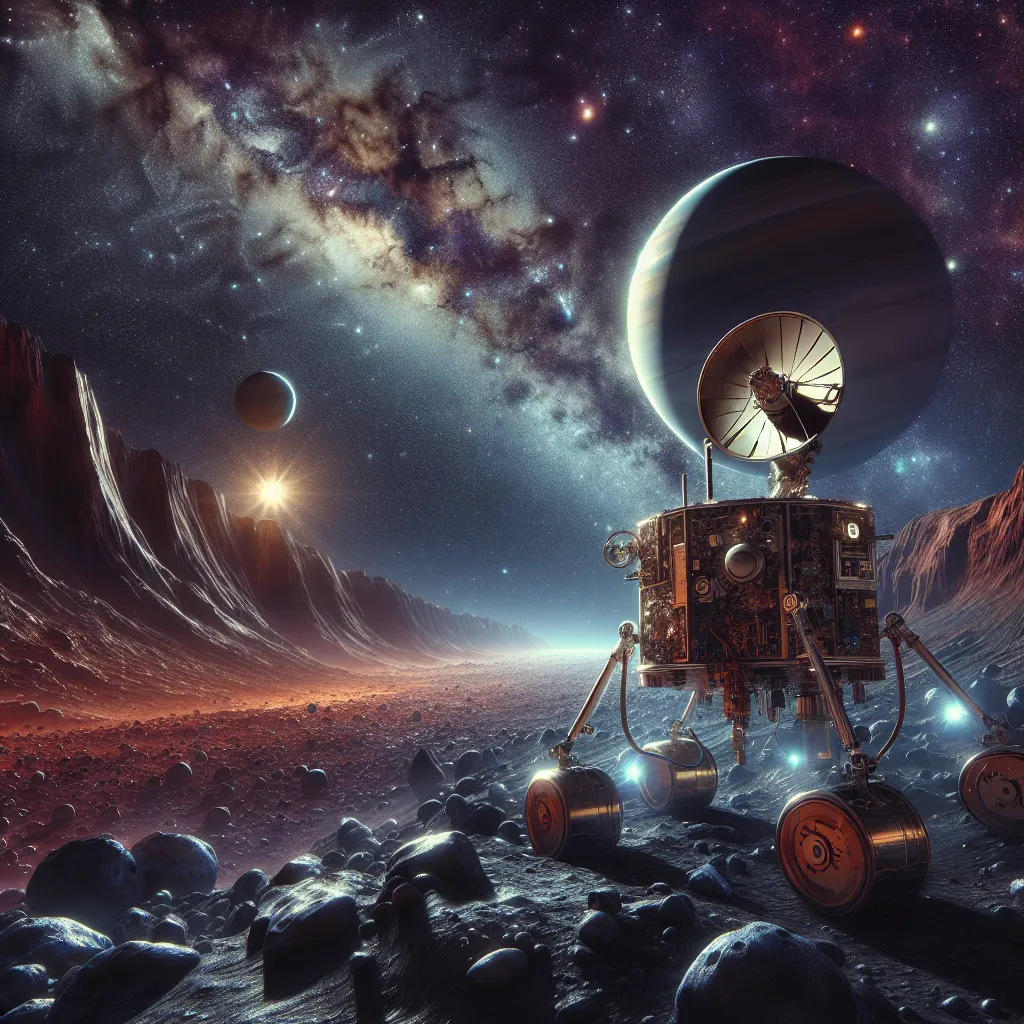Hey there, I’m Nigel! Welcome to my cosmic adventure—Nigel Goes to Space. When I head off to space, I’ll be traveling from Britain to New Mexico first. It’s almost a day’s journey just to reach the spaceplanes we’ll be using. The Earth feels massive at over 12,000 km across, but it’s a tiny speck compared to other planets in our solar system.
Let’s use some fruit to illustrate, shall we? Picture Earth as a blueberry. Now, envision Jupiter as a massive grapefruit. Quite the size difference, right? But let’s start smaller. Our first stop is Mercury, the closest planet to the Sun. Imagine it as a tiny peppercorn compared to our blueberry Earth.
Next, we have Venus, almost Earth’s twin in size, so another blueberry here. Then, there’s Mars—half the size of Earth; let’s say it’s a smaller blueberry. These four rocky planets are known as terrestrial planets. They’re made of rock and are our closest neighbors.
Moving beyond, we hit the giants. Jupiter is like that huge grapefruit we mentioned. It’s mainly made of hydrogen gas and spins incredibly fast—less than 10 hours for a complete rotation! If you could somehow place Jupiter in water, it would sink due to its dense gas composition.
Now, Saturn comes next. Think of it as an orange in our fruit bowl. It’s made of gas like Jupiter, but less dense, so it would float if put into water.
Further out, we have Uranus and Neptune, represented as small satsumas. These planets, although smaller than Jupiter and Saturn, are still gigantic compared to Earth and are mostly made of water. Neptune’s name is quite fitting since it was the Roman god of the oceans. Uranus is unique as it spins on its side, giving it weird seasons.
There’s a common question: what about Pluto? Well, astronomers have downgraded it to a dwarf planet. It’s even smaller than Mercury and shares its space with numerous other similar-sized objects, complicating its claim to full planet status.
All these planets orbit the Sun, the immense powerhouse of our solar system that holds almost all the system’s mass. Picture an exercise ball to illustrate the Sun’s enormity. If Earth is a blueberry, you’d need over a million Earths to fill the Sun’s volume. The Sun’s gravity is what keeps everything in line within our solar system.
Thanks for joining me for this planetary fruit salad! If you have any cosmos-related questions or curious about my space expedition, feel free to reach out. Don’t forget to subscribe, and I’ll see you next time on Nigel Goes to Space!






